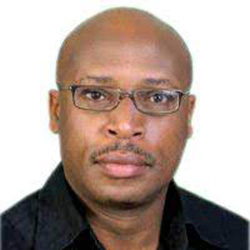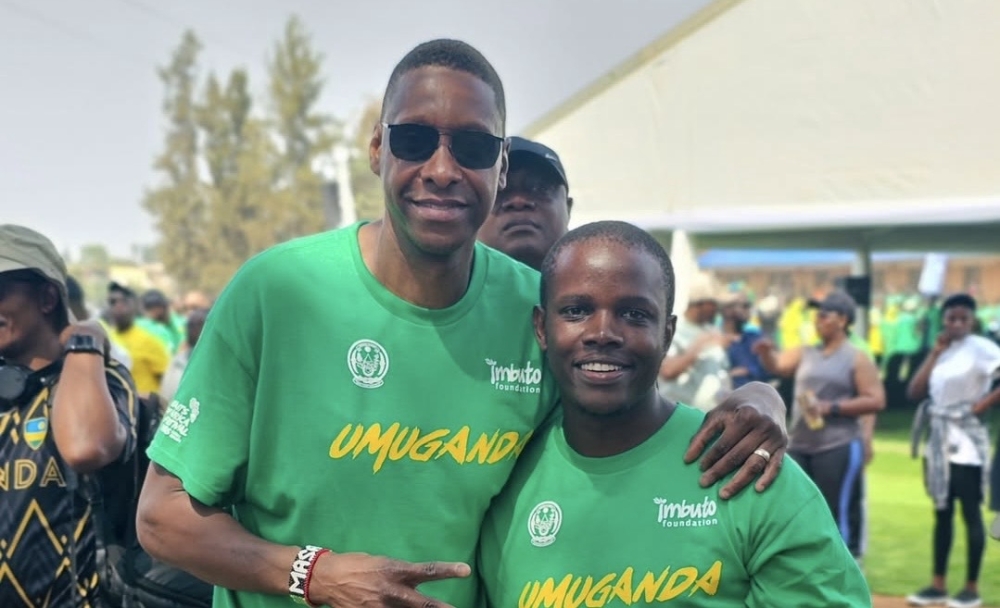As election fever takes hold with less than a month to go in Kenya, an argument broke out over a drink at one of those Kenyan joints favoured by many in Kigali.


As election fever takes hold with less than a month to go in Kenya, an argument broke out over a drink at one of those Kenyan joints favoured by many in Kigali. A group of Kenyans could not agree on who exactly was the middle class when it comes to voting patterns, and what their impact actually is when it comes to numbers.The stock argument has often been that the middle class appears complacent in its comfortable life and does not usually come out to vote. Thus, by default, they have often left the poor to decide for them at the ballot. They recalled the captivating example of the recently concluded primary elections for the Nairobi gubernatorial seat under The National Alliance Party (TNA) ticket that saw Ferdinand Waititu soundly trounce Jimnah Mbaru, an urbane and highly credentialed tycoon and favourite of the middle class. Mbaru is highly regarded for his business and managerial acumen, but perceived as out of touch with the "common man”. In contrast, Waititu has made his name as a stone-throwing Member of Parliament siding with the poor in their grievances, often about land eviction. This includes, at one time, meting mob justice on one of his own constituents in the full glare of TV cameras.In terms of ability and decorum, many doubt he is the right person to be the governor of Nairobi, a city that contributes well over half of the national income.But did Waititu not receive a vote from the middle class? That was the crux of the argument at the Kenyan joint.It is generally agreed that those in middle class worry less about basic food and housing, and have historically tended to agitate to be treated as citizens with rights and with a voice in determining their destiny.In terms of income, this group has usually been defined as individuals with annual income exceeding US$3,900 in what they can spend. This calculates to just over $10 per day. Due its circumstance, Africa has usually received a lower rating. A 2011 report by the African Development Bank (AfDB) defines the middle class on the continent as those spending between $2 and $20 a day. In Kenya, the middle class, according to that definition, represents 44.9 percent of the population. Of this, the majority are considered to be "floating,” as they are vulnerable to uncertainties such as inflation, and spend between $2 and $4 per day. The "floating” are ranked lowest in the middle class hierarchy. The second category, defined as the lower middle class spend between $4 and $10, and the upper middle class between $10 and $20 per day. Drawing from the above figures, the Kenyans could not see how the middle class, even if they voted to the last man, could marshall the numbers to vote in their preferred candidate. Snide remarks about the young middle class who "voted” on the social media were made. But the argument was that the "floating” group would most likely be Waititu’s constituents. Members of the group are more likely to be engaged in small business activities – the Mama Mboga’s (vegetable sellers), the mitumba (used clothes) vendors, the butcher, etc – than those in formal sector employment with a with a heftier income. Majority of the floating are not highly educated. But the power of technology in the form of the cellphone and cyber cafes was noted. This means that even the poor now have access to the kind of technologies and learning previously associated solely with the middle class.The sum effect is that more and more people have been empowered at lower and lower socio-economic levels equating themselves with the middle class demanding their rights. And why not demand their rights with Waititu, perceived to be more in touch with the poor?Perhaps the argument missed the point: If it boiled down to numbers, the prospects for the middle class at the ballot in pulling their weight politically in national development even in the other East African countries would be dismal. According to the AfDB report, those spending between $2 and $20 a day constitute 18.7 per cent in Uganda, 12.1 per cent in Tanzania, 7.7 per cent in Rwanda, and 5.3 per cent in Burundi.Twitter: @gituram




